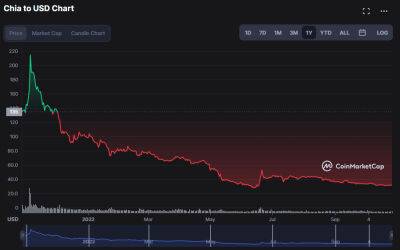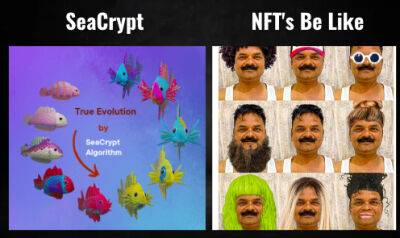Central banks can push DeFi into mainstream: Swiss National Bank official
Central bank digital currencies (CBDC) can work well with decentralized finance (DeFi), and they have a lot of potential to boost DeFi adoption, according to a Swiss central bank official.
Among many various types of digital currencies, it is CBDC that could provide more stability and lower risks to the development of DeFi, according to Thomas Moser, a governing board member at the Swiss National Bank (SNB).
In order to grow, DeFi needs stable money, which is why stablecoins were invented, and stablecoins clearly helped DeFi to become more popular, Moser told Cointelegraph.
Despite being polar opposites, centralization and decentralization in digital currencies can actually work together as centralization is not bad for DeFi, Moser argued. He noted that major stablecoins like Tether (USDT) and USD Coin (USDC) are the most widely used stablecoins in DeFi, both of which are centralized.
“Therefore, ‘something centralized’ has already helped DeFi quite a lot,” the SNB official stated.
Unlike Tether or Circle, a CBDC would entail lower risks for DeFi than a redeemable stablecoin because central bank money “does not entail counterparty risk,” Moser said. “A central bank cannot go bankrupt, since it issues irredeemable money,” he added.
Other types of digital currencies, including cryptocurrencies like Bitcoin (BTC) or Ether (ETH), are also irredeemable, which implies no counterparty risk. However, their price is not stable enough for supporting sustainable DeFi growth, the official noted.
“Algorithmic stablecoins would also not entail counterparty risk, but so far, we have not seen successful algorithmic stablecoins,” Moser said, referring to the collapse of TerraUSD (UST) in May 2022. “A CBDC could provide more stability and lower
Read more on cointelegraph.com
 cointelegraph.com
cointelegraph.com









